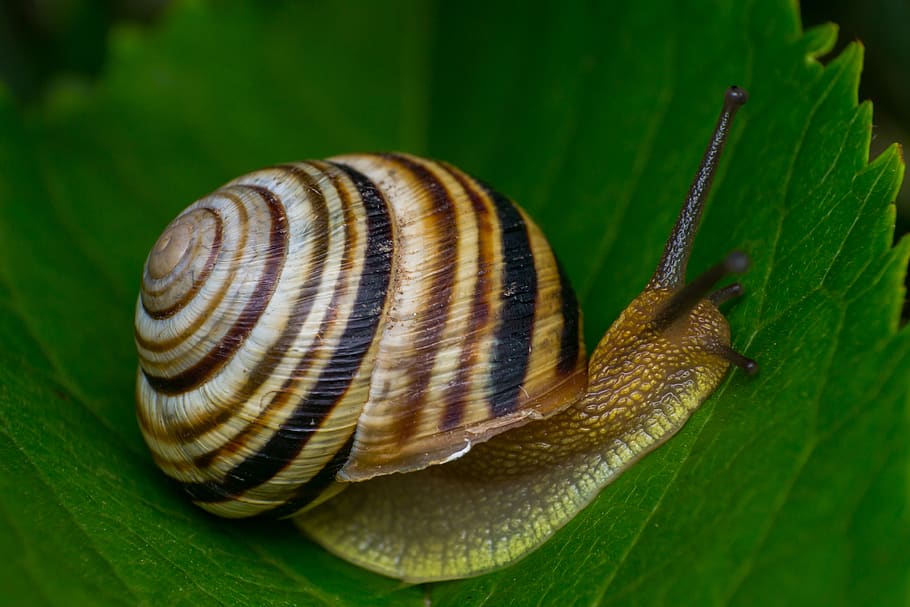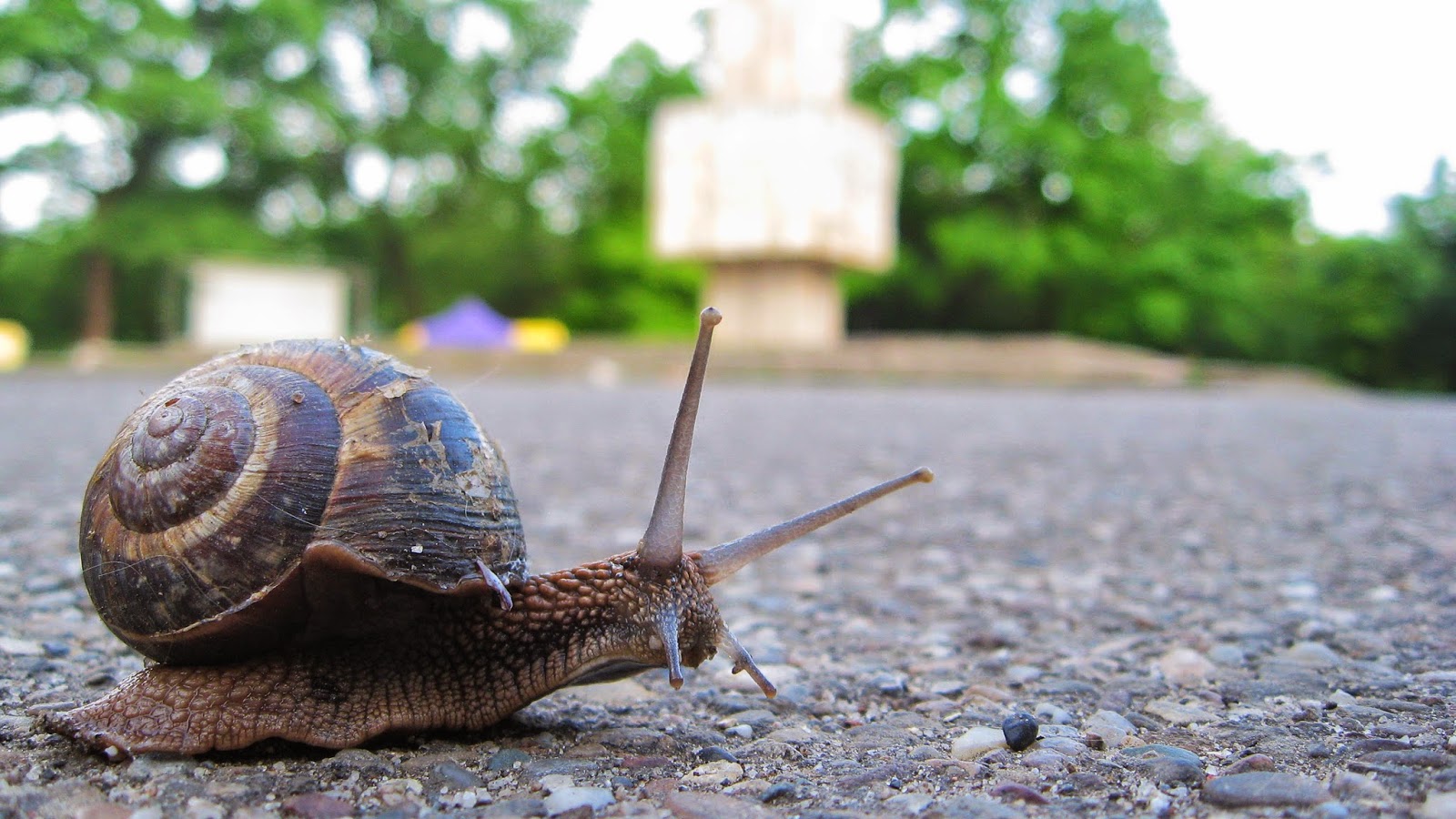Understanding Mollusca and Snails
What is Mollusca?
Mollusca, a diverse and extensive phylum, encompasses a wide range of invertebrates including snails, clams, squids, and octopuses. This phylum is characterized by a soft body, which in many species is protected by a hard shell. The versatility and adaptability of mollusks have allowed them to inhabit various environments, from deep ocean floors to terrestrial landscapes.
Is a Snail a Mollusk?
Yes, a snail is a mollusk. Specifically, snails belong to the class Gastropoda within the phylum Mollusca. This class is notable for its distinctive torsion process during development, resulting in the asymmetrical shape of the adult snail. The evolutionary success of snails can be attributed to their adaptability and the varied habitats they occupy.
The Anatomy of Snails

External Anatomy
Snails have a unique body structure that distinguishes them from other mollusks. Their bodies are divided into three main parts: the head, the foot, and the visceral mass. The head contains sensory organs such as tentacles and eyes, which aid in navigation and detecting food sources. The foot, a muscular organ, facilitates movement through a wave-like motion called “pedal waves.” The visceral mass houses internal organs, including the digestive and reproductive systems.
Internal Anatomy
Internally, snails possess a complex arrangement of organs. The radula, a ribbon-like structure covered with tiny teeth, functions as a specialized feeding organ, allowing snails to scrape food particles from surfaces. The mantle, a significant part of the snail’s body, secretes the shell in species that possess one. Additionally, snails have a well-developed circulatory system, a digestive system that includes a crop and gizzard, and a simple nervous system.
Terrestrial Snails
Habitat and Adaptation
Terrestrial snails, as their name suggests, live on land rather than in aquatic environments. These snails have developed various adaptations to thrive in their terrestrial habitats. For instance, they possess a specialized structure called a “pulmonate lung,” allowing them to breathe air. Their slimy mucus, secreted by glands in the foot, aids in movement and moisture retention, crucial for survival in dry conditions.
Diet and Feeding Habits
The diet of terrestrial snails primarily consists of plant material, including leaves, stems, and decaying organic matter. They play a vital role in the ecosystem by aiding in the decomposition process. Snails use their radula to rasp away at their food, a process that leaves distinctive patterns on the surfaces they feed on.
Snails in the Ecosystem

Role in Decomposition
Snails are essential decomposers in various ecosystems. By consuming dead plant material, they contribute to nutrient cycling and soil health. Their feeding activities break down organic matter, releasing nutrients back into the soil, which benefits plants and other organisms.
Prey and Predators
In the food chain, snails serve as prey for a variety of animals, including birds, mammals, and insects. Their presence supports the dietary needs of these predators, maintaining the balance within ecosystems. Additionally, snails have developed defense mechanisms such as retracting into their shells and secreting mucus to deter predators.
Common Questions about Mollusca Snails
Are Snails Mollusks?
Indeed, snails are mollusks. This classification places them among a diverse group of invertebrates with shared characteristics, such as a soft body and, in many cases, a protective shell. Snails exhibit the typical features of mollusks, making them an interesting subject of study within this phylum.
Why Are Snails Important?
Snails hold ecological significance due to their roles in decomposition, nutrient cycling, and serving as prey for other animals. Their activities contribute to the health of ecosystems, making them integral components of their habitats. Additionally, studying snails provides insights into evolutionary biology and environmental adaptability.
The Fascinating Behavior of Snails
Movement and Locomotion
Snails exhibit a unique mode of movement facilitated by their muscular foot. This foot generates a series of wave-like contractions, propelling the snail forward. The mucus secreted by glands in the foot reduces friction, enabling smooth movement across various surfaces. This slow and deliberate mode of locomotion is a characteristic feature of snails.
Reproduction and Life Cycle
Snails have diverse reproductive strategies, with many species being hermaphroditic, possessing both male and female reproductive organs. They can engage in reciprocal mating, where two snails exchange sperm to fertilize their eggs. The life cycle of snails includes stages such as egg, juvenile, and adult. The duration of each stage varies among species, influenced by environmental factors and availability of resources.
Snails and Human Interaction

Cultural Significance
Throughout history, snails have held cultural significance in various societies. They are often associated with patience and perseverance due to their slow movement. In some cultures, snails are considered delicacies, particularly in French cuisine, where they are prepared as “escargot.” Additionally, snails have appeared in art, literature, and symbolism, reflecting their enduring presence in human culture.
Snails in Science and Research
Snails have been subjects of scientific research, contributing to advancements in various fields. Their simple nervous systems make them valuable models for studying neurobiology and behavior. Additionally, snails have been used in ecological studies to understand the impacts of environmental changes on species distribution and adaptation.
Conclusion
Snails, as fascinating representatives of the phylum Mollusca, offer a glimpse into the diversity and complexity of invertebrate life. Their unique anatomy, ecological roles, and interactions with humans highlight the importance of these creatures in the natural world. Understanding snails not only enriches our knowledge of mollusks but also underscores the intricate connections within ecosystems. By appreciating the role of snails, we gain a deeper appreciation for the delicate balance of life on Earth.

